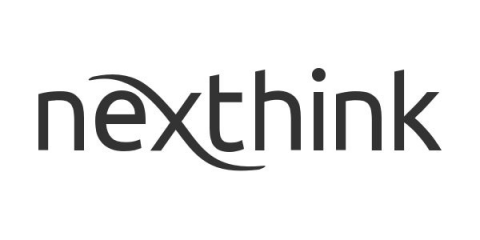3 ways manufacturers can embrace agility and stay competitive
The manufacturing industry is in a state of flux, juggling skills gaps and supply chain issues at a time it needs to prepare for Industry 4.0 and smart factories. As the industry adopts digital technology, strengthening cybersecurity becomes a priority. The industry also faces pressure to advance sustainability. To weather the storm of this dynamic environment and come out stronger on the other side requires a shift in the way manufacturing companies operate.




